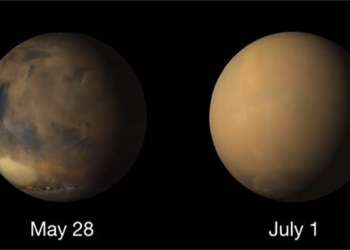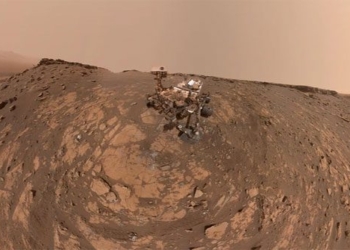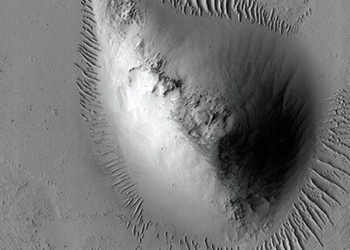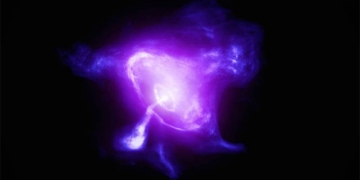NASA scientists have reported that the agency’s Curiosity rover has discovered evidence of organic salts on Mars, which could be remnants of ancient microbial life on the Red Planet.
The Curiosity rover has detected indicators suggesting the presence of organic salts on Mars. These crystals may be remnants of organic compounds, indicating that Mars once supported microbial life. However, it is important to note that organic compounds and salts can also be formed through geological processes.
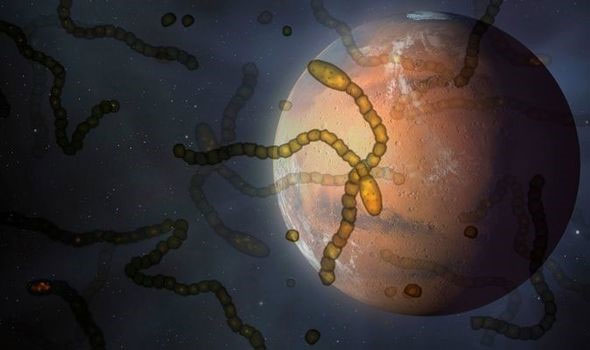
Organic salts on Mars may be a sign of ancient life.
On Earth, some organisms can utilize organic salts for energy. James MT Lewis, an organic geochemist and the lead of this study, stated: “If we determine that organic salts exist in any location on Mars, we will conduct further surveys of that area, and ideally drill deeper beneath the surface where organic matter may have been better preserved.” Scientists at the laboratory on Earth have analyzed data transmitted from a mobile chemistry lab aboard Curiosity on Mars (SAM).
SAM heats Martian soil until gases are released, allowing it to identify the composition of soil samples. The next step will be to determine whether these organic salt crystals were formed through geological processes or through the formation of ancient life. However, attempting to find evidence of microbial life that existed billions of years ago is extremely challenging. Over the past three billion years, water on Mars has dried up, and the planet has continuously been bombarded by solar radiation. With a very thin atmosphere, the planet’s surface is hardly protected from radiation, which can break down any compounds. Additionally, natural erosion due to wind and weather may also disrupt any remaining microbial remnants.
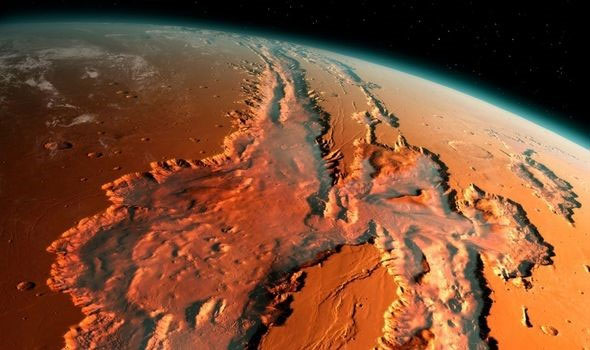
Over the past three billion years, water on Mars has dried up and the planet has continuously been bombarded by solar radiation.
With current evidence appearing promising, future Mars explorers will need to dig even deeper into the ground to determine if life ever existed on Mars. Dr. Lewis remarked: “We are trying to clarify billions of years of organic chemistry, and within that organic record, there may be the ultimate answer that satisfies everyone: evidence that life once existed on the Red Planet. When heating Martian samples, many interactions can occur between minerals and organic matter, making it more challenging to draw conclusions from our experiments, so our work is focused on minimizing these interactions so that scientists on Mars can utilize this information.”
NASA astronomer Jennifer L. Eigenbrode added: “An organic material preserved in 3-billion-year-old rocks found on the surface is a very promising sign that we can extract more information from samples preserved below the surface.” The European Space Agency (ESA) plans to launch a probe next year that may drill two meters below the surface. Samples buried deeper underground will naturally be better protected from external factors.








































